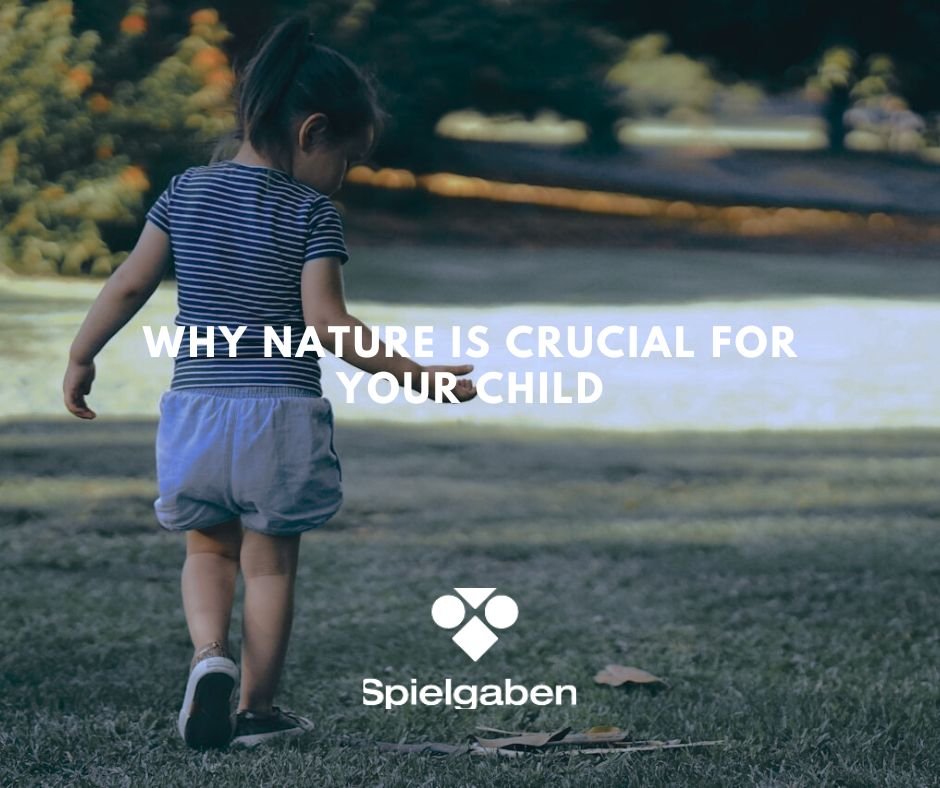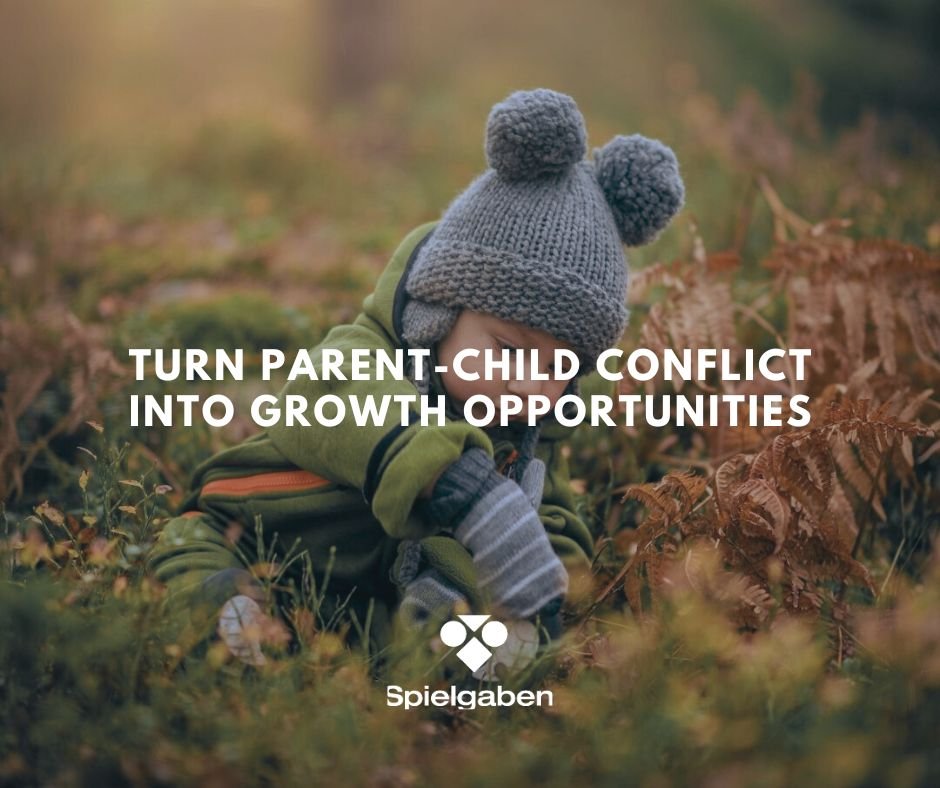Why Nature Is Crucial for Your Child’s Development
In today’s fast-paced, technology-driven world, children spend significantly less time outdoors than previous generations. Ask an older adult about their childhood, and they’ll likely recall fond memories of playing in the streets, climbing trees, or exploring forests. However, if you were to ask children today about their childhood in the future, the answer might look quite different—filled with screens, structured activities, and very little time outside.
But why does this matter? As parents, it’s essential to understand that the outdoors isn’t just for fun—it’s a vital component of your child’s physical, mental, and emotional well-being.
In this article, we’ll explore the reasons why being in nature is so crucial for your child’s health and development, and offer practical tips for incorporating more outdoor time into your family’s daily routine.
Why Are Kids Spending Less Time Outdoors?
There are several reasons why children today are spending more time indoors and less time outdoors. As a parent, you’re likely aware of some of these.
1. Concerns About Safety:
Parents are understandably more cautious today than in the past. With increasing reports of child abductions or accidents in the media, many feel safer keeping their children indoors under supervision. Moreover, urban environments often lack safe, accessible outdoor spaces for children to roam freely.
2. Packed Schedules:
Children’s lives are more structured now, filled with extracurricular activities such as piano lessons, sports, and academic tutoring. While these activities are beneficial, they often leave little room for unstructured outdoor play. Many parents feel that keeping their child busy will give them a competitive edge in the future, leaving little to no time for nature.
3. The Allure of Technology:
The rise of digital entertainment—video games, TV shows, social media—has made staying indoors more appealing than ever. Instead of playing in the backyard, many children are more content spending hours in front of screens. It’s become their go-to leisure activity, and as a result, outdoor time has significantly diminished.
While these factors are understandable, they raise an important question: Is an indoor childhood really good for our kids?
Why Spending Time Outdoors is Vital for Your Child’s Well-Being
The simple answer is no—children need outdoor time. The benefits of nature for children’s physical, emotional, and social development are backed by a growing body of research. Here’s why outdoor time should be a non-negotiable part of your child’s life:
1. Physical Health Benefits:
With childhood obesity rates rising and kids spending seven hours a day on screens but only four to seven minutes outdoors, physical health is at risk. Time spent outdoors naturally encourages movement, whether it’s running, climbing, or simply walking. Exposure to fresh air and sunlight also strengthens your child’s immune system, and increases their intake of Vitamin D, which is essential for bone development and general health.
2. Mental Health Boost:
Have you ever noticed how a walk in the park helps to clear your mind after a stressful day? Children experience this too, but on an even deeper level. Time in nature helps reduce stress and anxiety and can improve symptoms of ADHD. Studies have shown that children who play outside regularly are more focused and less likely to suffer from depression. Moreover, being outdoors fosters creativity and imagination as children interact with the natural world in unpredictable ways.
3. Enhanced Cognitive and Social Skills:
Research into “forest schools”—outdoor-focused education programs—shows that children who spend more time learning in nature have better academic outcomes. They tend to do better in reading and math, as well as develop superior problem-solving skills. In addition, nature promotes cooperative play and social interactions. Without the distractions of screens or structured activities, children playing outside learn to communicate, negotiate, and work as a team.
How to Get Your Child to Fall in Love with Nature
If your child is reluctant to spend time outside, don’t worry. There are plenty of ways to help them connect with nature in a fun and meaningful way. Here are some practical strategies to make outdoor time part of your family’s daily life:
1. Become a Nature Mentor:
You don’t need to be an expert in biology or wildlife to help your child appreciate the outdoors. Start by asking simple, open-ended questions during your time outside: “What’s the coolest thing you discovered today?” or “How many different kinds of leaves can we find?” Encourage storytelling about their outdoor adventures. Kids can write, draw, or even photograph what they see, which not only makes the experience more engaging but also helps solidify their connection to the environment.
2. Make Outdoor Time a Routine:
Instead of making outdoor activities a rare treat, integrate them into your daily routine. Aim for three to five days a week where you spend at least 30 minutes outside—whether it’s in your yard, a local park, or a nearby nature trail. You don’t need to plan a big event; sometimes just wandering and exploring is enough to spark their curiosity and love for nature.
3. Create Nature Rituals:
Find a favorite spot in your local park or your backyard where you can sit quietly with your child and observe. Notice the birds, the insects, the way the light changes as the day goes by. These small moments of mindfulness help children develop an intimate connection with nature that grows over time.
4. Lead by Example:
Your passion for nature will rub off on your child if you make it part of your life. Whether you enjoy gardening, birdwatching, or hiking, involve your child in your activities. Even simple actions—like pausing to listen to the birds before getting in the car—teach them to slow down and appreciate the world around them.
Balancing Technology with Nature
Technology isn’t going away, and neither is urbanization. The key is to find a balance between screen time and green time. Here’s how to integrate technology into your child’s nature experiences in a healthy way:
1. Use Technology to Enhance Outdoor Exploration:
Introduce your child to apps that can make nature even more exciting. There are countless apps for identifying plants, animals, and insects. You can also encourage digital photography or videography by having them document their findings. This way, technology becomes a tool for deeper engagement with the outdoors rather than a distraction.
2. Embrace Urban Nature:
Even in a city, there are still opportunities to connect with nature. Visit local parks, botanical gardens, or nature reserves. Urban environments may limit access to vast natural spaces, but they also offer unique wildlife and ecosystems to explore.
Final Thoughts: Building a Lifelong Love for Nature
As cities grow and technology continues to dominate our lives, it’s easy to let nature slip into the background. However, by fostering a connection with the natural world, you are giving your child an invaluable gift. A child who learns to appreciate nature will be healthier, happier, and more equipped to navigate both the virtual and real worlds.
Start small—whether it’s a 15-minute walk after school or a weekend trip to the nearest forest—each little moment helps instill a lifelong love for nature. As parents, it’s our job to ensure our children don’t just grow up with fond memories of screen time, but also of trees, rivers, and open skies.













LEAVE A COMMENT